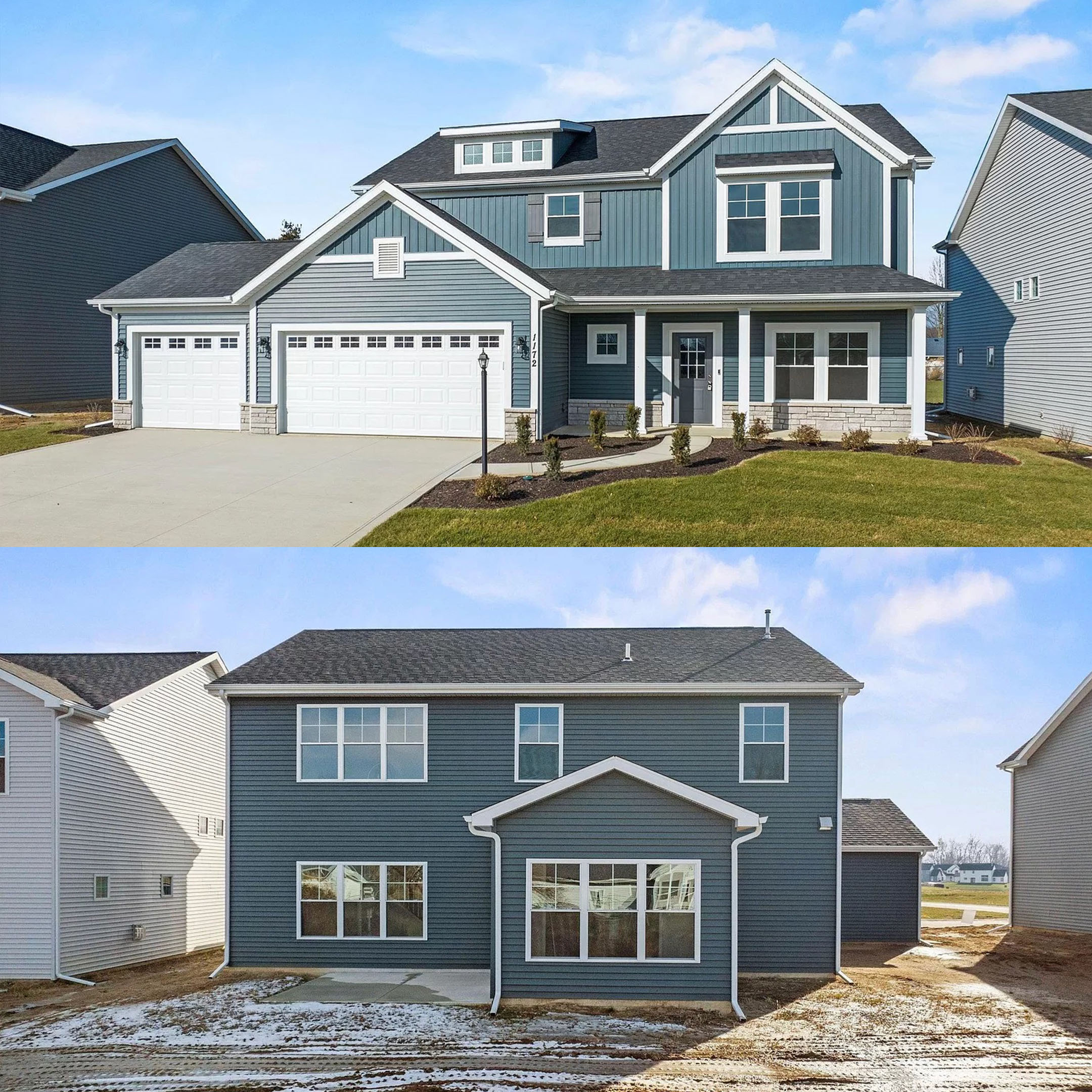Maintaining Architectural Integrity
Long before starting Akeldama, owner Grant Badgley has had an obsession with architecture. Unfortunately, architectural integrity has been lost in American home building.
Most houses in America, for over fifty years, have been built with two stylistic priorities: the front facade of the home (curb appeal), and the flow of the interior floor plan. A key proponent that is lost in many homes is stylistic unity throughout the structure, and focusing only on the front facade leaves the other sides of the home looking sloppy and displeasing.
Often, the other exterior sides of the home are determined by the interior floor plan, so walls and roof pitches are extruded haphazardly and windows are placed with little thought to how it will affect the outside appearance of the structure. This has led to Grant's appreciation for old homes that do a better job of maintaining unity throughout, even if it means having a less complex front facade.

A fun game one can play to test a home's architectural integrity is to compare the back of the home to the front of the home. Of course, they will be different, and they have every right to be different. What is key, though, is to look for what unifies the two. What elements remain the same, which differ, and crucially - do they match? Does it even look like the same structure? Let's play this game with the images below.

A quick look at this home reveals the utter lack of symmetry of the rear windows between themselves and with the windows on the front of the home. Now, notice how there are five siding elements on the front facade: the green shake vinyl, cream horizontal vinyl, cream vertical vinyl, white vinyl trim, and stone veneer. Only the cream horizontal vinyl is present on the other sides of the home, and all effort to make the front facade appealing is lost everywhere else.
Therefore, this home is a victim of the aforementioned over-prioritization of curb appeal. It lacks unity and architectural integrity before even entering the home as the materials, roof-line, and symmetry on the front of the home are nonexistent elsewhere.

Many people claim they do not want to live in "cookie cutter" houses, yet once again on this second example the elements used to make the front of the house unique are absent on the other sides. Play this game with all new houses and you will realize most are cookie cutter houses only distinguished by their front facades. This is why many people are drawn to old houses - it's not just nostalgia and charm, it's good architecture.
The old home below is simple, yet manages to retain uniformity and symmetry from the front to the sides including the facade materials, roofline, and windows. It's also smaller, yet still has ample room for the average household size in America (see Building Better, not Bigger). Note that it's garage is detached and behind the home - which helps keep the house itself at a human scale rather than a vehicle scale.

There is no denying the importance of curb appeal, yet to only design one side of a structure to be beautiful and unique is to give up on architectural integrity altogether. Therefore, every Akeldama project is carefully designed to have a unifying design identity throughout every space in order to make a beautiful home inside and out. Some may assume that such a great structure inherently costs more, yet trading size for quality is an effective way to stay within budget.
We stand by the belief that beautiful spaces are simply pleasant to be in, motivating people to maintain them even centuries later - which reinforces the importance of architecture. By being adamant about cohesion and quality in our design process, we ensure our projects are worthwhile for generations to come.